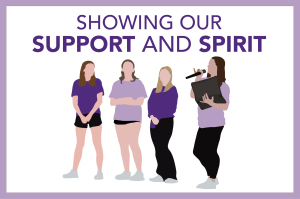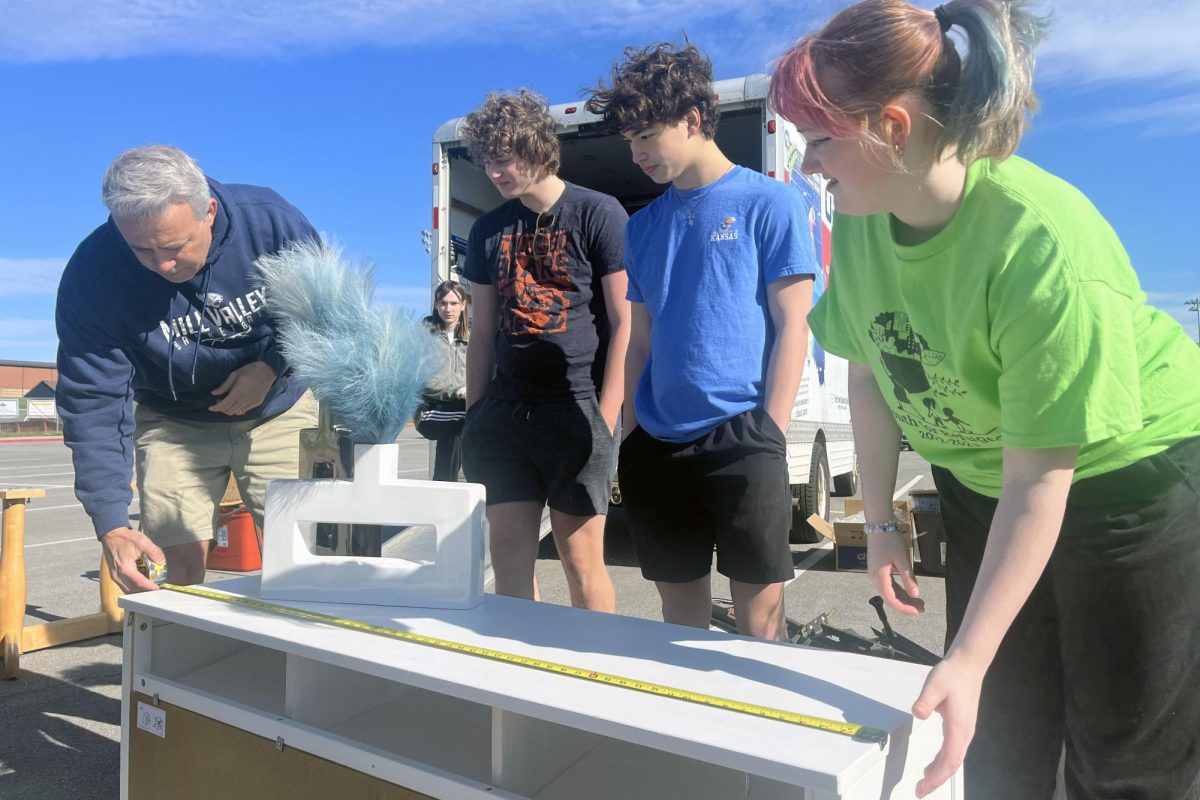In the current: Oil, oil and … more oil?
September 16, 2016
As many of you already know, oil pipelines can be quite the controversial topic in America. The Keystone pipeline, for example, has been debated so many times it’s hard to keep track. Currently, the newly protested Dakota Access pipeline is creating strife across the country, and has been suggested to be a reflection of the Keystone disaster. This omnipresent discussion of oil seems to revolve around a fluid idea: no matter how hard we try, we just can’t live without fossil fuels.
Although the construction for Energy Transfer Partners’ $3.8 billion pipeline was proposed two years ago, only recently have protesters began to react with larger numbers and greater force. The pipeline runs from North Dakota through Illinois, and directly runs through the main source of water for 8,000 tribe members: the Missouri river. Hundreds of protesters were present at the site of construction on Saturday, Sept. 3.
However peaceful the protests began, they have now turned violent, and a total of 40 arrests have been made.
The protesters mainly consist of indigenous peoples from the Standing Rock Sioux, a local Native American tribe located only a mile from the proposed pipeline. They argue that not only will the oil damage ancient burial sites, but could also infiltrate their vital water source.
The Standing Rock Sioux tribe did sue federal regulators for granting permission for the pipeline, claiming that the action violates a plethora of laws, including the National Historic Preservation Act. However, the attempt to block construction, if only temporary was denied by U.S. District Judge James Boasberg on Friday, Sept. 9.
When looking at this specific issue, we need to take a step back and look at the greater picture: is this pipeline even necessary? My answer, you ask? Not necessarily.
According to American Energy Mapping, the US has one of the largest networks of energy pipelines in the world, with almost 2.5 million miles of pipe. From this 2.5 million miles comes an influx of energy, jobs and ultimately, a basis for our lives in today’s society.
But, while oil is obviously extremely imperative to today’s subterranean world and we reap the benefits of our system daily, what specifically will the Dakota Access pipeline do that other pipelines don’t already do?
The pipeline will supposedly create about 8,000 jobs and is estimated to produce approximately $129 million annually to property and income taxes. Will this isn’t negative, I’m not quite sure these goods outweigh the bads.
In all, this problem is instantaneous. You could look at it from two different perspectives: firstly, the pipeline will create a multitude of jobs and will cultivate millions of dollars per year. On the other hand, though, this has the potential to greatly affect several people.
Now, the people it affects are a minority population. We’ve been pushing Native Americans into smaller and smaller spaces of land for centuries, oppressing their cultures and beliefs. And now our government wants to potentially damage the small percentage of resources they do have? In my opinion, the pipeline is unnecessary and will create more animosity than positivity. After all, do we truly and genuinely need more oil?























